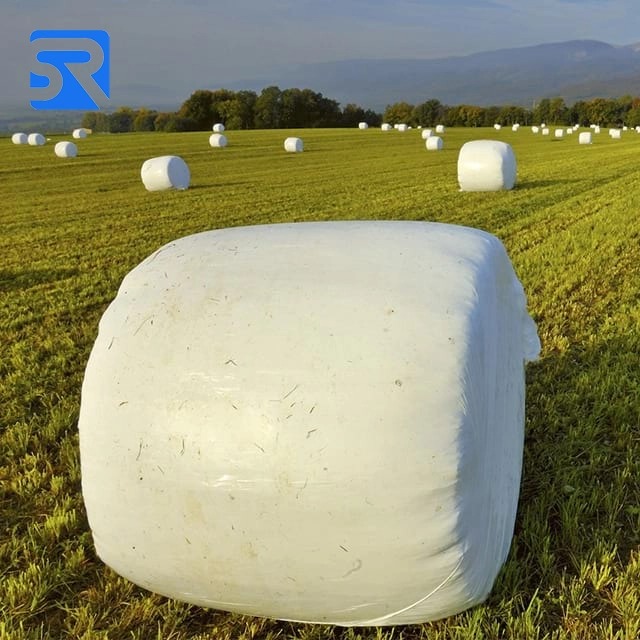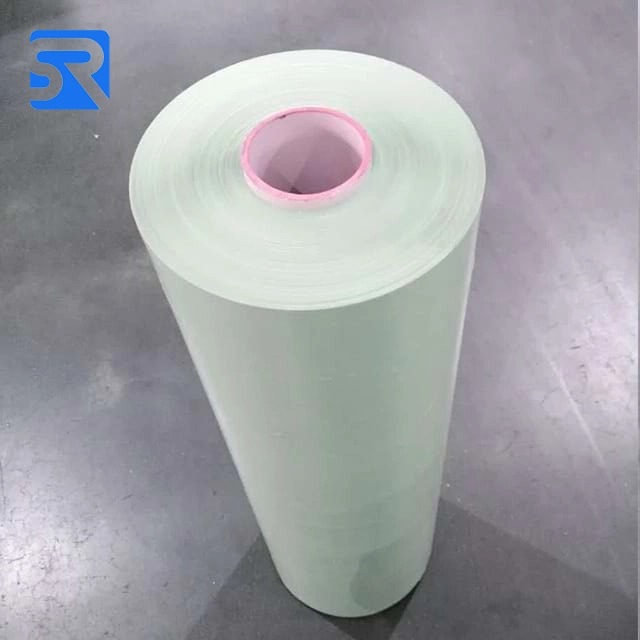
Introduction
Silage film is a crucial component in modern agriculture, especially for preserving forage crops like corn, grass, and alfalfa. These films provide an airtight barrier that maintains the nutritional quality of silage over extended storage periods. Typically made from high-quality polyethylene, silage films are designed to resist UV degradation, punctures, and tears, ensuring that crops remain fresh and digestible for livestock. The effectiveness of silage film directly affects the silage fermentation process, which is critical for maintaining feed quality, reducing spoilage, and optimizing farm productivity.
Modern farming practices emphasize the importance of proper silage storage to maximize yield and minimize loss. While single-layer silage films have been widely used, advances in material science have introduced multi-layer silage films, which are often marketed as superior due to enhanced durability, barrier properties, and longevity. But is it truly necessary to use multi-layer silage film? Understanding the benefits and potential drawbacks is essential for farmers aiming for optimal silage management.
Understanding Multi-Layer Silage Film
Multi-layer silage films are engineered with two or more layers of polyethylene, each contributing unique properties to the overall performance. For example, the outer layer often focuses on UV resistance and weather protection, while the inner layer ensures airtight sealing and flexibility. Intermediate layers can provide puncture resistance or oxygen barrier qualities.
One major advantage of multi-layer silage film is its enhanced mechanical strength. Farms with large-scale silage operations often experience damage caused by machinery, livestock, or environmental conditions. Single-layer films are more prone to tears, which can compromise the anaerobic environment necessary for proper fermentation. Multi-layer films reduce the risk of air infiltration, which can otherwise lead to spoilage, mold growth, and nutrient loss.
Additionally, multi-layer films can offer better resistance to stretching and sagging over time. Silage piles often settle and compact, causing tension on the covering material. Multi-layer designs are engineered to withstand this stress without tearing, ensuring long-term protection for the stored forage. In the long run, the improved durability of multi-layer films can translate to reduced labor costs, fewer replacements, and more consistent silage quality.

Key Advantages of Multi-Layer Silage Film
When evaluating whether multi-layer silage film is necessary, it is helpful to examine its specific benefits:
| Feature | Benefit |
|---|---|
| Oxygen Barrier | Prevents spoilage and maintains fermentation quality |
| UV Resistance | Protects against sun damage and prolongs film life |
| Mechanical Strength | Reduces risk of tearing or puncturing |
| Flexibility | Adapts to settling silage without losing airtight seal |
| Longevity | Extends the useful life of silage storage |
Multi-layer silage films combine these features in a single product, making them particularly suitable for farms dealing with challenging environmental conditions or large volumes of forage. In comparison, single-layer films may still be suitable for smaller operations or short-term storage, but their limitations become apparent in larger-scale or long-term applications.
Practical Considerations for Farmers
Farmers considering the switch to multi-layer silage film must weigh several practical factors, including cost, labor, and storage requirements. Multi-layer films generally have a higher upfront cost due to the additional materials and manufacturing complexity. However, the investment can often be justified through reduced waste, fewer replacements, and better overall silage quality.
Another consideration is proper application. Multi-layer silage films are heavier and may require additional equipment or manpower for correct installation. Ensuring an airtight seal is critical; even minor gaps or folds can allow air ingress, compromising the fermentation process. Farmers should follow recommended practices for stretching, overlapping, and securing the film to maximize its effectiveness.
Environmental conditions also play a role. Farms in regions with extreme temperatures, high UV exposure, or heavy rainfall may experience faster degradation of single-layer films. Multi-layer options are specifically engineered to withstand such conditions, offering a more reliable solution in challenging climates.

Frequently Asked Questions About Silage Film
1. Can I reuse multi-layer silage film?
Reusing multi-layer films is possible if the film remains intact and free from contamination. However, each reuse may slightly reduce barrier properties, so it is important to inspect the material carefully before reapplication.
2. How long does multi-layer silage film last?
Under optimal conditions, multi-layer silage films can last multiple seasons. UV-resistant coatings and enhanced mechanical strength help maintain the integrity of the film over extended periods.
3. Is single-layer film sufficient for small farms?
For small-scale operations or short-term silage storage, single-layer films may suffice. However, farmers should be aware that single-layer options are more prone to damage and may require more frequent replacements.
4. What are the environmental impacts of multi-layer films?
While multi-layer films are more durable, recycling can be more challenging due to the composite structure. Farmers should explore proper disposal or recycling programs to minimize environmental impact.
Conclusion
Deciding whether to use multi-layer silage film ultimately depends on farm size, storage duration, and environmental conditions. Multi-layer films provide superior protection against oxygen ingress, UV exposure, and mechanical damage, making them ideal for large-scale operations or long-term storage. While single-layer films may be sufficient in some cases, the added durability, longevity, and reliability of multi-layer silage films often justify the investment for farms seeking to maximize silage quality and reduce losses.
Investing in high-quality multi-layer silage film not only preserves forage nutrition but also reduces labor and replacement costs over time. Farmers aiming for optimal silage management and long-term operational efficiency will likely find multi-layer films to be a practical and beneficial choice.









